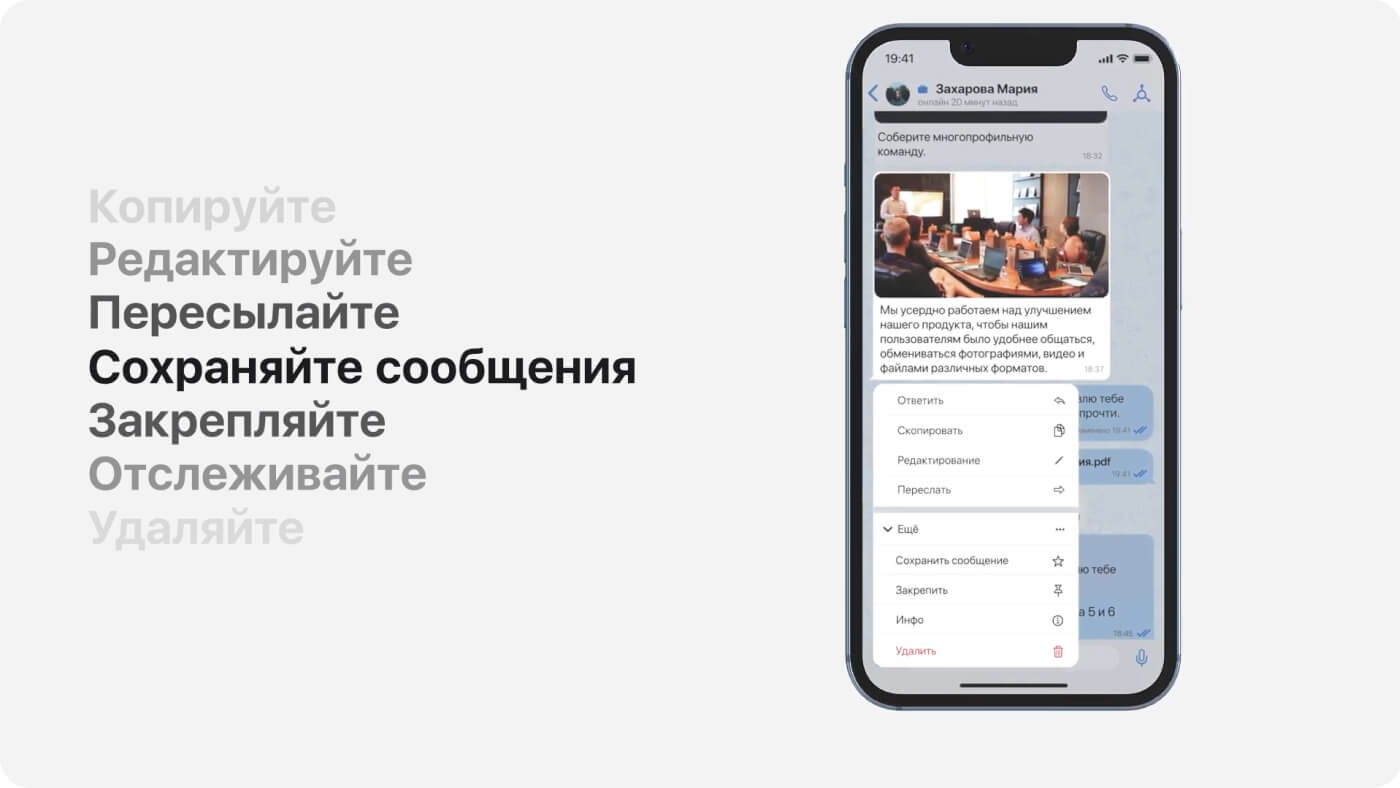The pandemic period has radically and, probably, forever changed people’s attitudes towards working in the office. It turned out that many business issues are much more convenient, faster and easier to resolve using virtual communications than arranging traditional personal meetings. TAdviser talked with Andrey Vratsky, CEO of the UC platform and eXpress mobility, about the direction in which the evolution of unified communications systems is going today.
TAdviser: It seems that Covid “remote work” has become a trigger for the emergence of a new class of corporate systems that arise at the intersection of traditional solutions: video conferencing systems acquire developed document exchange functions, and messengers master the skills of professional video conferencing. Is this so?
Andrey Vratsky: You posed the question absolutely correctly. Indeed, the pandemic has shown that employees must have video conferencing functions, and not only within the corporate perimeter. They should be able to work from home from a personal laptop and participate in conferences.
Let me give you a striking example: video conferencing from home has appeared even in organizations with such stringent security requirements as Rosatom. Previously, this was simply prohibited, but since the first lockdown, many employees have taken advantage of this opportunity. Since Rosatom is one of eXpress’s clients, I can clearly see this transformation. Post-Covid, the “mobility” component has been added, when you only have a mobile phone or tablet at hand. People are moving around and want to continue working, this is an obvious trend today.
TAdviser: What else is the driving force behind this transformation, besides the desire to break the connection between the employee’s capabilities and the office workplace? The desire to integrate into one service or product many services that were previously implemented using separate IT solutions?
Andrey Vratsky: One day a product appeared on the market called Microsoft Teams. This is really the first product on the market that combines very good video conferencing with very good chats. We can say that at this point two branches of evolution converged, which had previously developed in parallel: instant messengers and video conferencing. Take, for example, the previous Microsoft product - Skype for Business: it has good conferences, but just disgusting chat - before WhatsApp, which became the standard of messengers, like before the moon.
Microsoft's credit lies in the fact that it was able to create a product that combines the best of both worlds: WhatsApp and Zoom. This is very convenient: there is a discussion in the chat, and the necessary documents are at hand. It used to be the case: what went into the conference chat stayed there, and a single solution ensured a continuous workflow. There is a big difference: a video conference is, in fact, a discrete process focused on one topic, while a chat is continuous, where you can quickly raise the entire history of the issue, much faster than in mail. And if you manage to combine the advantages of both worlds, you get an amazing result that helps to greatly increase employee productivity.




